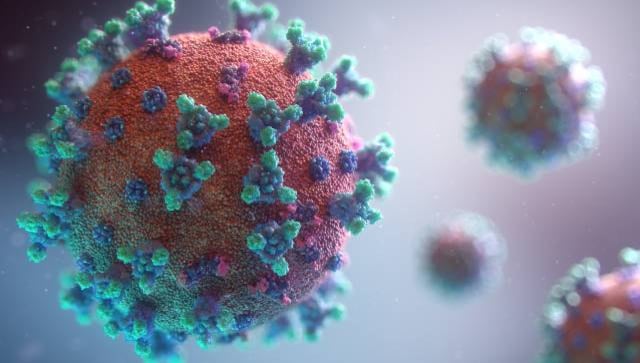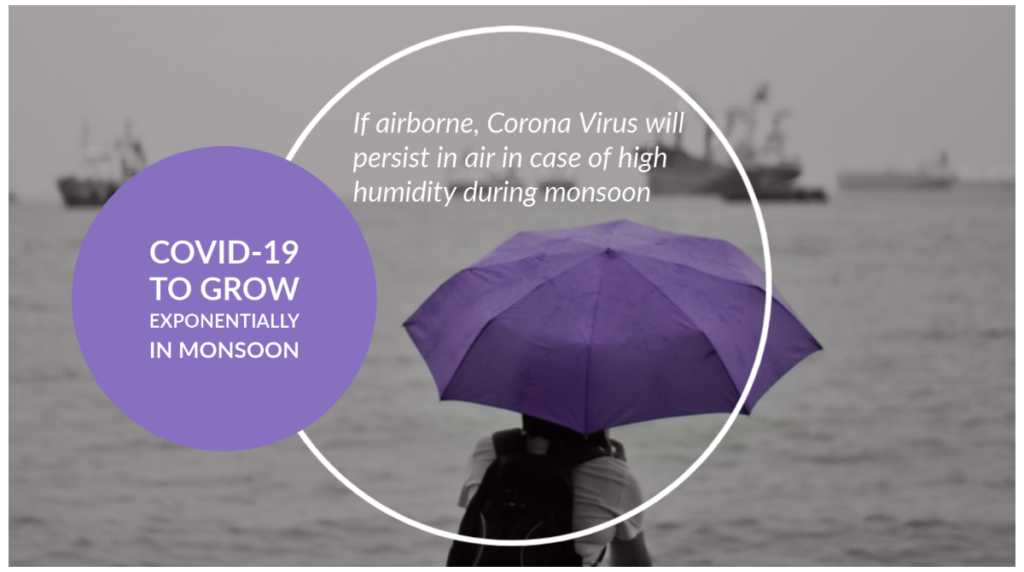
Scientists write to WHO claiming COVID-19 is airborne; India has third highest number of cases globally
In an open letter to World Health Organisation (WHO), hundreds of scientists have claimed that Coronavirus (COVID-19) is an airborne disease and has requested WHO to revise its guidelines which were based on the theory that COVIC-19 is spread primarily by large respiratory droplets that come following coughing and sneezing of an infected person.
More than 239 scientists across 32 countries have outlined evidences showing that disease is transmitted by tiny aerosols and WHO was wrong in its distinction of large droplets and aerosols.

Aerosols are much smaller than respiratory droplets and may linger and travel in the air for longer periods of time. This implies that an environment that has been visited by a COVID-19 carrier could still remain dangerous even once the carrier has vacated it. The scientists believe that whether carried by large droplets that zoom through the air after a sneeze, or by much smaller exhaled droplets that may glide the length of a room, the COVID-19 is borne through air and can infect people when inhaled.
In early June, researchers from the University of California, San Diego, including Dr. Mario J Molina, the winner of the 1995 Nobel Prize in Chemistry, published a paper in the journal, PNAS, that studied the progression of the outbreak in Wuhan, New York and Italy. The researchers noted that airborne transmission could be a dominant mode of transmission of the disease. Another study looking into virus longevity, that sought to keep the aerosolised virus airborne, found that the virus could remain active in the air for up to 16 hours. It is worth noting though, that this study did not take into account the effects of temperature, humidity or pollution on the survival of the aerosolised virus.
The implications of aerosols as a primary route of transmission are significant. If, indeed, people are able to contract the virus via aerosols. This may mean that face mask protocols may need to change such that individuals may need to wear them even indoors. However, WHO has said that these evidences are not convincing.
Speaking on the occasion, WHO’s Technical Lead of Infection Prevention and Control – Dr. Benedetta Allegranzi said, “Especially in the last couple of months, we have been stating several times that we consider airborne transmission as possible but certainly not supported by solid or even clear evidence.”
Meanwhile, with 6,97,413 cases and 19,693 casualties, India is the 3rd most affected country after United States (U.S.) and Brazil. Globally, there are 1,14,19,529 cases of COVID-19 and there have been 5,33,780 casualties. U.S., the worst hit country, has 29,32,047 cases and 1,32,007 casualties. Brazil, the second most hit nation, has 16,04,585 cases and 64,900 casualties.
In other developments, The Chief Minister of Delhi – Arvind Kejriwal today, i.e., Monday, July 6, 2020 said though the number of COVID-19 cases have crossed the 1 lakh mark in Delhi, but there is no need to panic.
Addressing a digital Press Conference, he said that 72,000 people have recovered from the outbreak. Out of 25,000 active patients, 15,000 are being treated at home. He also urged the people to donate plasma which will be used for treating COVID-19 patients.







